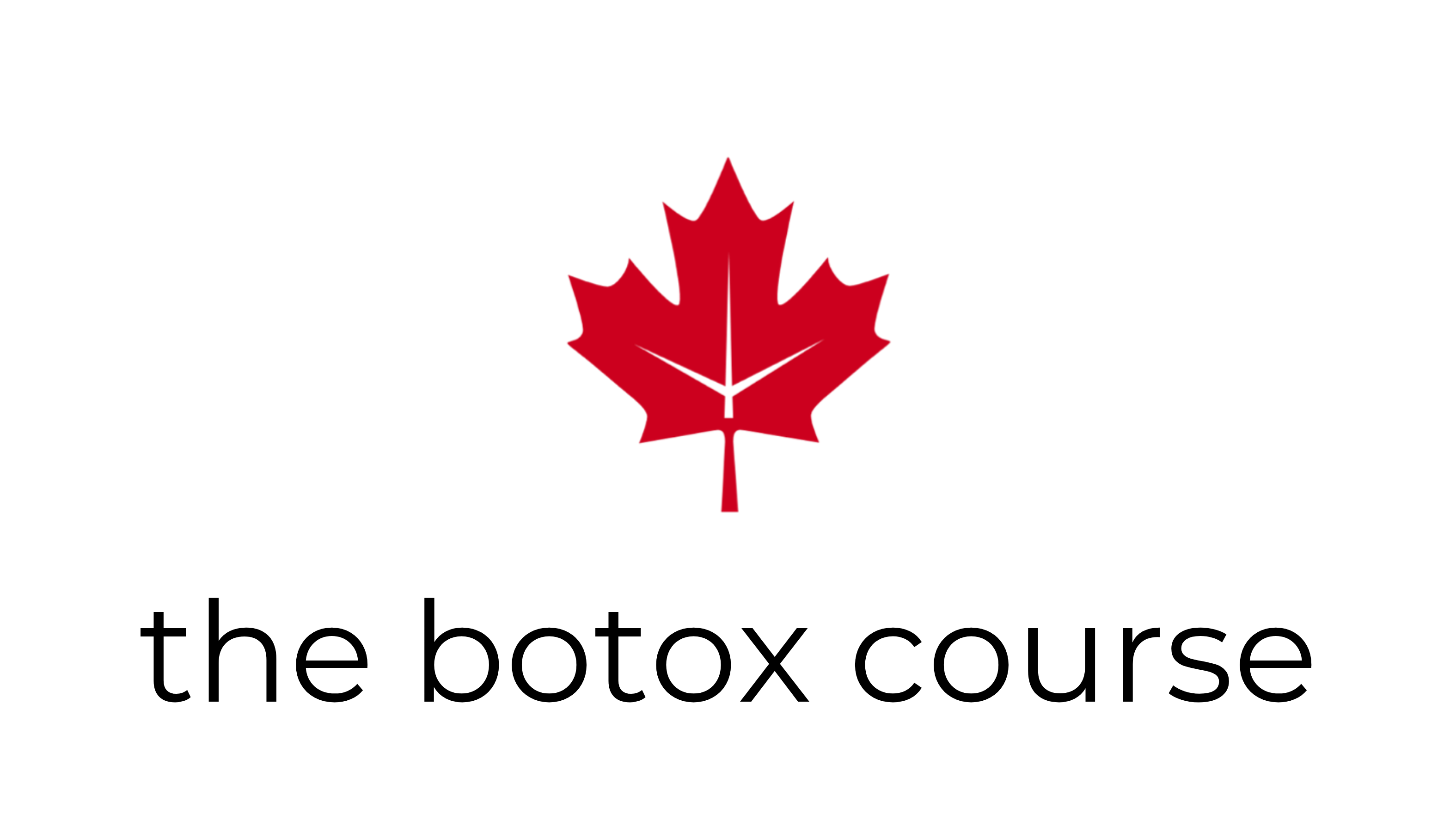What Does Aesthetics Training Consist Of?
- Dr. Andrew Dargie

- Jun 28, 2024
- 3 min read
Find out what aesthetics training consists of and what you can expect from a typical training program

Aesthetics training is an essential guide and program for healthcare professionals who wish to expand their skill set to include non-surgical cosmetic procedures, such as the injection of Botox and dermal fillers. Such training tends to cover a wide range of topics, including facial anatomy, injection techniques, patient assessment, and various cosmetic products.
Find out what aesthetics training consists of and what you can expect from a typical training program.
Anatomy and Physiology
When seeking aesthetics training, it typically begins with a comprehensive overview of facial anatomy and physiology. Understanding the structure of the face and how it changes with age is conducive to determining the best treatment plan for each patient. Trainees learn about the different layers of skin, muscles, fat compartments, and bone structures that make up the face, in addition to learning how these structures interact with each other and how they change over time.
Injection Techniques
Injection techniques are a core component of aesthetics training. Trainees learn to properly inject various products, such as Botox and dermal fillers, to achieve the desired results. Such techniques that can be acquired include learning the proper injection sites, needle sizes, and injection depths. More so, trainees will quickly grasp how to handle complications, such as bruising and swelling, that can potentially arise as a result of these procedures.
Patient Assessment
Before any cosmetic procedure, anyone formally utilizing cosmetic injections should always assess the patient’s needs and goals. To learn more about how to do this, aesthetics training offers a detailed overview of patient assessment, including patient questionnaires, examination techniques, and digital imaging. Furthermore, trainees learn to evaluate the patient’s facial features, skin quality, and aging patterns to determine the best treatment plan.
Product Knowledge
When you pursue aesthetics training, the program also serves as an in-depth study of the various cosmetic products used in non-surgical procedures. The product study involves learning about the different types of dermal fillers, their indications, and the appropriate injection techniques for each product. Trainees also learn about neurotoxins, such as Botox and Dysport, and how to properly inject these products for optimal results.
Safety and Adverse Reactions
Patient safety is a top priority in aesthetics training, and to instill this into future injectors, trainees will adopt techniques on how to minimize the risk of adverse reactions, such as infection, allergic reactions, and vascular complications. They also learn how to properly manage any adverse reactions that may occur during or after a cosmetic procedure.
Ethics and Legal Issues
Ethics and legal issues are imperative aspects surrounding cosmetic injections that are usually taught in aesthetics training programs. Trainees learn about the ethical considerations involved in cosmetic procedures, including informed consent, patient confidentiality, and professional boundaries. Further, these programs will permit trainees to learn all about the legal issues that can stem from performing these procedures, such as liability and malpractice.
Hands-On Training
Like for many medical procedures, hands-on training is always important for trainees, and aesthetics training is no exemption to this rule. Under most programs, trainees studying cosmetic procedures have the opportunity to practice their injection techniques on live models under the supervision of experienced instructors. Such practice will provide a valuable opportunity to develop the skills needed to perform cosmetic procedures safely and effectively.
the botox course provides Canada with the Gold Standard of botox training and medical aesthetics courses. For medical professionals looking to take up an interest in medical aesthetics training, the pathway can be confusing and stressful. That is why our comprehensive and practical botox and filler courses are aimed at teaching learners the skills and knowledge to handle botox injections. Our varied botox and filler course in Canada are designed for licensed and authorized healthcare professionals, including GPs, specialists, nurses, and dentists.




Comments